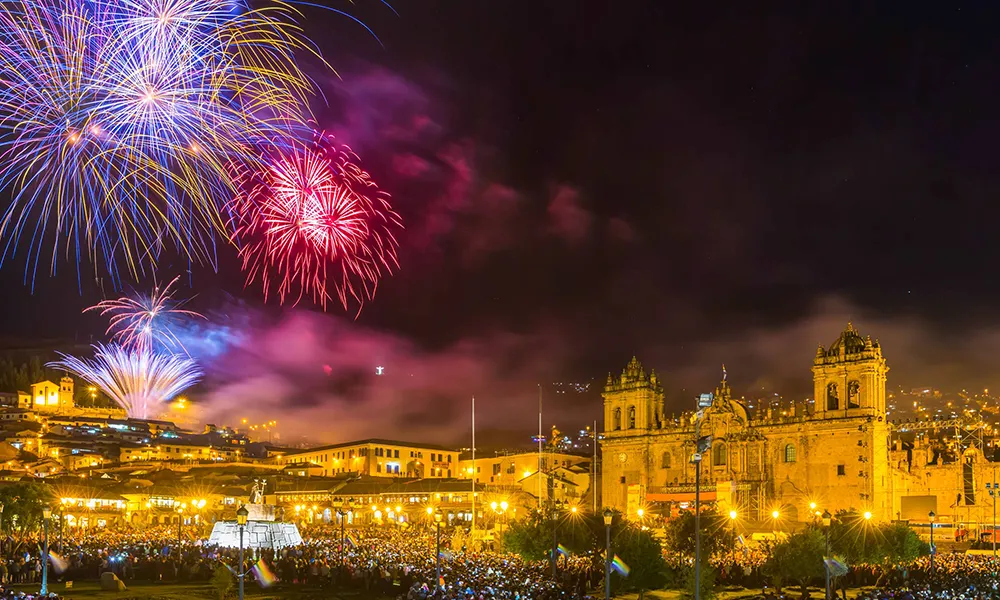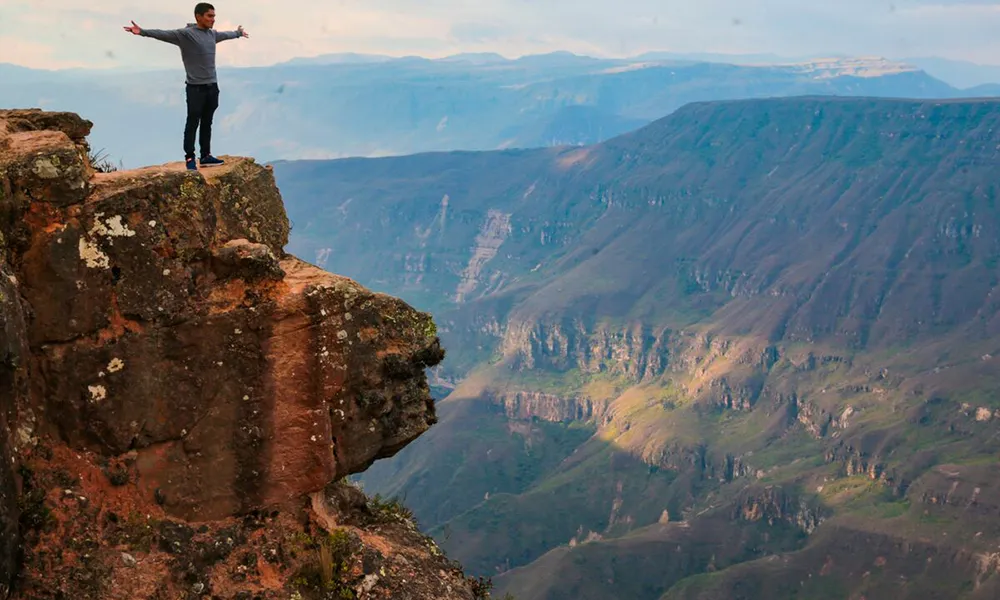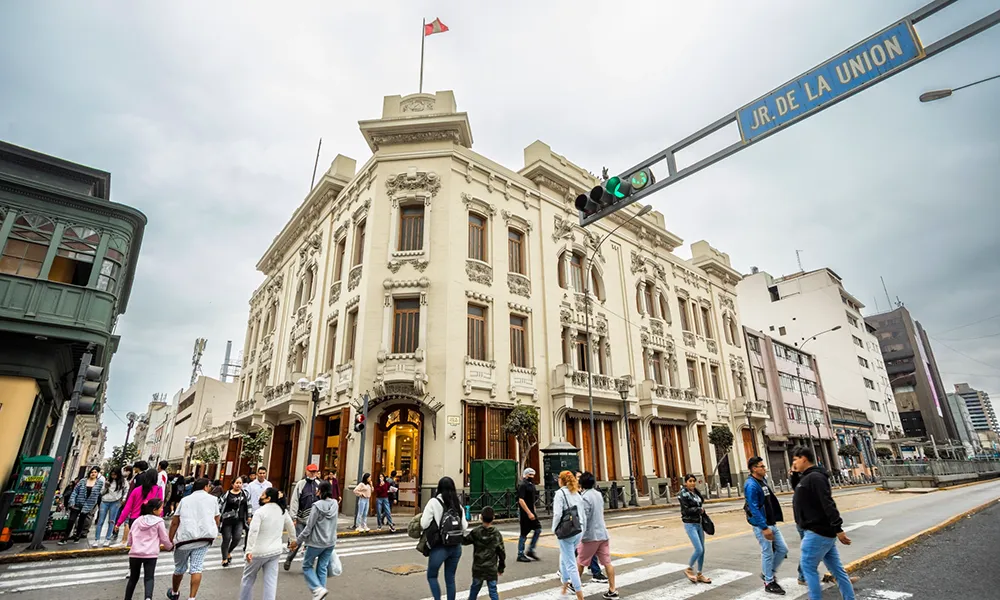Culture and Customs for U.S. Tourists in Peru
Peru is a country rich in history, diverse cultural traditions, and vibrant customs that make it a unique destination for American tourists. As a traveler, it’s important to understand the local culture and customs to ensure a respectful and enjoyable experience. Whether you’re exploring the bustling streets of Lima, trekking through the Sacred Valley, or visiting indigenous communities near Lake Titicaca, being aware of the cultural nuances will enhance your journey and help you connect more deeply with the people and traditions of Peru.
1. Greetings and Social Etiquette
When you meet people in Peru, the way you greet them is an important part of the local culture. Handshakes are common when meeting someone for the first time, especially in more formal or business settings. In Peru, it’s polite to offer a firm handshake with eye contact. Among close friends and family, particularly women, a kiss on the right cheek is the traditional form of greeting. Men may hug or shake hands, depending on the situation.
In Peru, addressing people with formal titles such as “Señor” (Mr.) or “Señora” (Mrs.) followed by their last name is polite in business or unfamiliar social situations. However, once a relationship has developed, it’s common to switch to first names, especially in casual settings.
2. Time and Punctuality
While punctuality is appreciated for formal meetings or appointments, the Peruvian approach to time can be more relaxed in social situations. Peruvians are generally more flexible about time, and it’s not uncommon for social gatherings or events to start a bit later than scheduled. This is especially true for family and friends’ gatherings or informal celebrations.
That being said, for business meetings, scheduled tours, and other organized events, it’s best to arrive on time. If you’re meeting someone for the first time, especially in professional settings, showing up punctually will be viewed as a sign of respect.
3. Food Culture and Dining Etiquette
Peruvian food is world-renowned, and dining is an important part of the culture. Meals are often communal and filled with rich flavors from both indigenous and European influences. The main meal of the day in Peru is lunch, which is typically served between 1:00 PM and 3:00 PM. It is not uncommon for families to gather and enjoy a large meal in the afternoon.
When you’re invited to a Peruvian home, it’s customary to wait for the host to begin eating before you start. It is also polite to compliment the cook or the host on the meal, as food is a point of pride in the country. If you’re visiting rural areas, it’s a sign of respect to accept the food offered to you, even if it’s unfamiliar to you.
A traditional drink in Peru is pisco sour, a cocktail made from pisco (a type of brandy), lime juice, egg whites, and bitters. This drink is often served in toasts during celebrations, and offering or accepting a toast is a sign of camaraderie and respect.
4. Respect for Local Traditions
Peru’s culture is deeply influenced by its indigenous roots, and many of its customs and traditions are still widely practiced, particularly in rural communities. Peruvians hold their cultural heritage in high regard, so when visiting indigenous areas or sacred sites like Machu Picchu, Sacred Valley, or Lake Titicaca, it is important to show reverence and respect.
In some indigenous communities, particularly in the Andean region, people may wear traditional clothing, which is a point of cultural pride. If you’re visiting these areas, dressing modestly is appreciated. When taking photographs, always ask for permission before snapping pictures, especially of locals dressed in traditional attire.
It’s also important to remember that many indigenous communities view their land and customs as sacred, so behave respectfully when exploring ancient ruins or natural sites. Avoid engaging in activities that may be seen as disrespectful, such as climbing on sacred sites or disturbing local rituals.
5. Tipping Practices in Peru
Tipping is generally expected in Peru, particularly in the hospitality and service sectors. However, unlike in some countries where tipping is mandatory, in Peru, it is more of a gesture of appreciation for good service. In restaurants, a 10% tip is common if the service charge isn’t already included in the bill. If you’re dining at a more casual place, it’s still a good idea to leave a small tip (such as rounding up the bill). In cafés and smaller eateries, a tip of 1 to 2 soles (about $0.30 to $0.60) is customary.
For hotel staff, such as housekeepers, porters, and bellhops, tipping small amounts (between 1 and 3 soles) is appreciated. When traveling with a tour guide or driver, it’s customary to offer a tip at the end of the service if you feel the service was excellent. A tip of 5 to 10 soles is a common practice for guides.
6. Language and Communication
Spanish is the official language of Peru, but there are also several indigenous languages, such as Quechua and Aymara, spoken by indigenous communities, particularly in the highlands and rural areas. Although many people in urban centers like Lima, Cusco, and Arequipa speak basic English, knowing a few key phrases in Spanish will enhance your experience and show your respect for the local culture.
Here are a few common Spanish phrases that might be helpful:
-
“Hola” (Hello)
-
“Por favor” (Please)
-
“Gracias” (Thank you)
-
“¿Cuánto cuesta?” (How much does it cost?)
-
“Disculpe” (Excuse me)
In Peru, people often use a polite and warm tone when speaking. Conversations are typically friendly, and it’s common for people to share stories and ask questions about each other’s lives. For tourists, making the effort to engage with locals in Spanish will usually be appreciated, even if you only know a few words.
7. Festivals and Celebrations
Peru is home to some of the most vibrant and colorful festivals in South America. Many of these celebrations are rooted in religious and cultural traditions, and they offer a fascinating glimpse into Peruvian life. If your visit coincides with one of the following festivals, don’t miss the opportunity to participate:
-
Inti Raymi (Festival of the Sun): Held every June in Cusco, this Inca Festival of the Sun is one of Peru’s largest and most significant celebrations. It features traditional dances, rituals, and ceremonies meant to honor the sun god, Inti.
-
La Fiesta de la Candelaria: Held in Puno in February, this vibrant festival celebrates the patron saint of Puno, the Virgin of Candelaria. The festival includes grand parades, music, and dances that showcase traditional Andean culture.
-
Fiestas Patrias (Peru’s Independence Day): Celebrated on July 28th and 29th, this is Peru’s national holiday, and the entire country comes alive with parades, fireworks, music, and dancing. The festival is a national celebration of Peru’s independence from Spain, which occurred in 1821.
Participating in these festivals or simply observing the colorful parades and dances is a great way to connect with the culture and experience the true spirit of Peru.
8. Dress Code and Public Behavior
In large cities like Lima, Cusco, and Arequipa, the dress code is fairly casual, especially during the day. However, when visiting churches or sacred sites, it’s recommended to dress modestly. Shorts, tank tops, and revealing clothing are not suitable for these settings. It’s best to dress conservatively when visiting religious or cultural sites out of respect for the local customs.
In rural areas, especially in the highlands, it’s respectful to wear modest clothing. Sun protection is also recommended, especially when hiking or exploring archaeological sites, as the altitude and sun can be intense.
9. Shopping Etiquette
Peru is known for its handcrafted goods, which include beautiful alpaca wool textiles, pottery, silver jewelry, and artisan crafts. When shopping at markets, such as in Pisac, Chinchero, or Cusco, it is customary to bargain. However, it is important to do so with respect. While it’s okay to negotiate for a fair price, haggling too aggressively or disrespectfully may be seen as rude.
When purchasing handicrafts, remember that many of these items are made by local artisans, so prices may be higher than you expect. Still, it’s always nice to ask for a discount, but be mindful of the vendor’s work and the value of their craft.
10. Environmental Awareness
Peru is home to some of the world’s most awe-inspiring natural landscapes, from the Amazon rainforest to the high-altitude Andes Mountains. When visiting natural sites, it’s important to practice eco-tourism and help preserve these fragile environments. Always follow the “Leave No Trace” principles, such as not littering, respecting wildlife, and supporting eco-friendly initiatives. Whether hiking in the mountains or exploring the rainforest, minimizing your impact on the environment helps protect the natural beauty of Peru for future generations.
Conclusion
Understanding and respecting the culture, traditions, and customs of Peru will help you have a more rewarding and immersive experience during your visit. Peruvians are known for their warmth and hospitality, and by embracing their customs, you’ll not only show respect but also enrich your travel experience. Whether you’re exploring ancient ruins, enjoying the world-class cuisine, or participating in colorful festivals, your journey to Peru will be one that connects you deeply to the heart and soul of this fascinating country.








